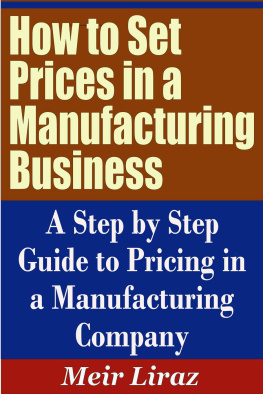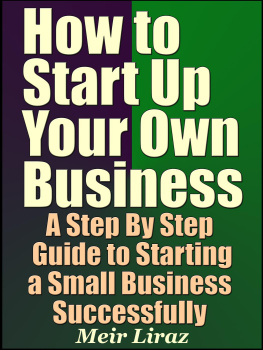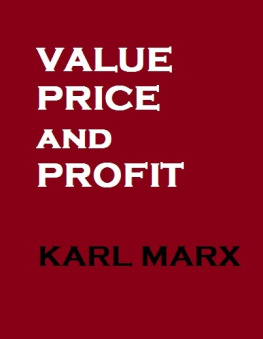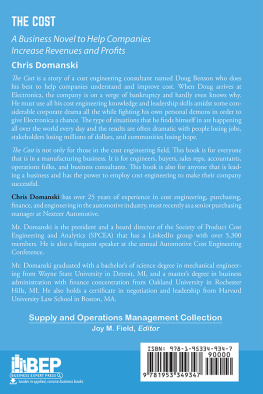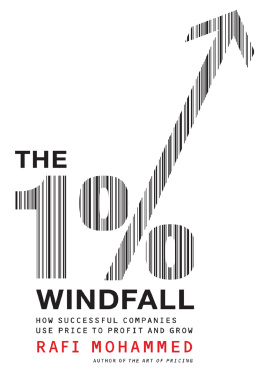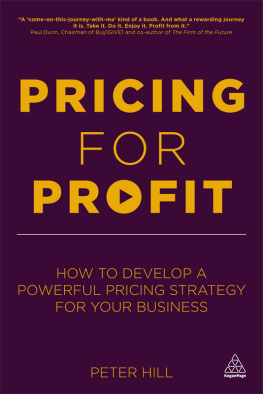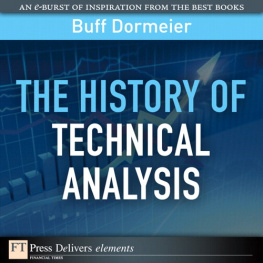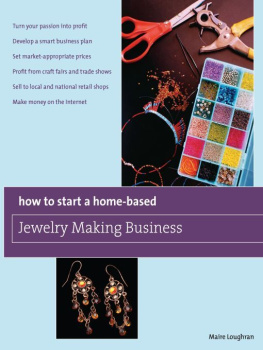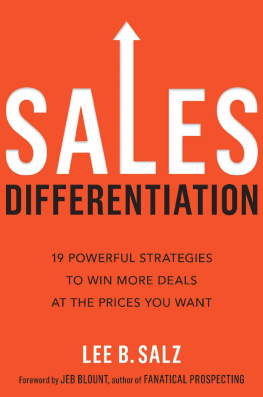Meir Liraz - How to Set Prices in a Manufacturing Business: A Step by Step Guide to Pricing in a Manufacturing Company
Here you can read online Meir Liraz - How to Set Prices in a Manufacturing Business: A Step by Step Guide to Pricing in a Manufacturing Company full text of the book (entire story) in english for free. Download pdf and epub, get meaning, cover and reviews about this ebook. year: 2014, publisher: Liraz Publishing, genre: Business. Description of the work, (preface) as well as reviews are available. Best literature library LitArk.com created for fans of good reading and offers a wide selection of genres:
Romance novel
Science fiction
Adventure
Detective
Science
History
Home and family
Prose
Art
Politics
Computer
Non-fiction
Religion
Business
Children
Humor
Choose a favorite category and find really read worthwhile books. Enjoy immersion in the world of imagination, feel the emotions of the characters or learn something new for yourself, make an fascinating discovery.
- Book:How to Set Prices in a Manufacturing Business: A Step by Step Guide to Pricing in a Manufacturing Company
- Author:
- Publisher:Liraz Publishing
- Genre:
- Year:2014
- Rating:5 / 5
- Favourites:Add to favourites
- Your mark:
How to Set Prices in a Manufacturing Business: A Step by Step Guide to Pricing in a Manufacturing Company: summary, description and annotation
We offer to read an annotation, description, summary or preface (depends on what the author of the book "How to Set Prices in a Manufacturing Business: A Step by Step Guide to Pricing in a Manufacturing Company" wrote himself). If you haven't found the necessary information about the book — write in the comments, we will try to find it.
This guide will walk you step by step through all the essential phases of setting optimal prices in a manufacturing company. You will learn exactly how to set prices in a way that will allow you to make money and still be competitive
In setting prices in a Manufacturing Firm, the goal should be to maximize profit. Although some managers feel that an increased sales volume is needed for increased profits, volume alone does not mean more profit. The ingredients of profit are costs, selling price, and the unit sales volume. They must be in the proper proportions if the desired profit is to be obtained.
No one set prices formula will produce the greatest profit under all conditions. To price for maximum profit, the manager must understand the different types of costs and how they behave. You need the up-to-date knowledge of market conditions because the right selling price for a product under one set of market conditions may be the wrong price at another time.
The best price for a product is not necessarily the price that will sell the most units. Nor is it always the price that will bring in the greatest number of sales dollars. Rather the best price is one that will maximize the profits of the company.
The best selling price should be cost orientated and market orientated. It should be high enough to cover your costs and help you make a profit. It should also be low enough to attract customers and build sales volume.
This book takes into consideration all of the above to help you calculate the most profitable prices.
Here's whats in the book:
* Common problems in setting prices and how to overcome them
* how to determine your costs
* Cost calculation examples
* How to set optimal prices
* How to raise prices without losing customers
* How to calculate hourly and project-based pricing
* all these and much more
My name is Meir Liraz and I'm the author of this book. According to Dun & Bradstreet, 90% of all business failures analyzed can be traced to poor management.
This is backed up by my own experience. In my 31 years as a business coach and consultant to businesses, I've seen practically dozens of business owners fail and go under not because they weren't talented or smart enough but because they were trying to re-invent the wheel rather than rely on proven, tested methods that work. And that is where this book can help, it will teach you how to avoid the common traps and mistakes and do everything right the first time.
Meir Liraz: author's other books
Who wrote How to Set Prices in a Manufacturing Business: A Step by Step Guide to Pricing in a Manufacturing Company? Find out the surname, the name of the author of the book and a list of all author's works by series.

